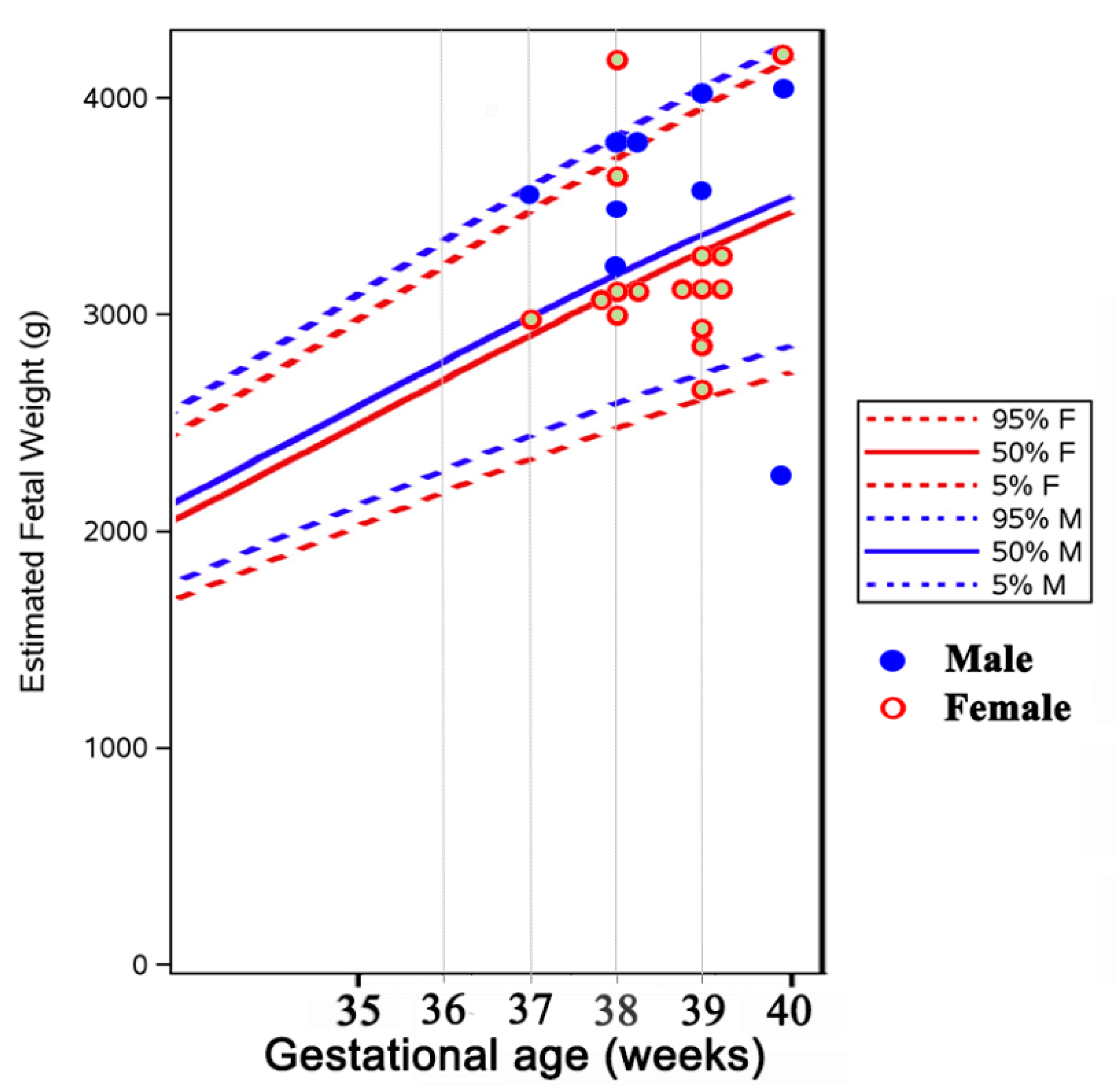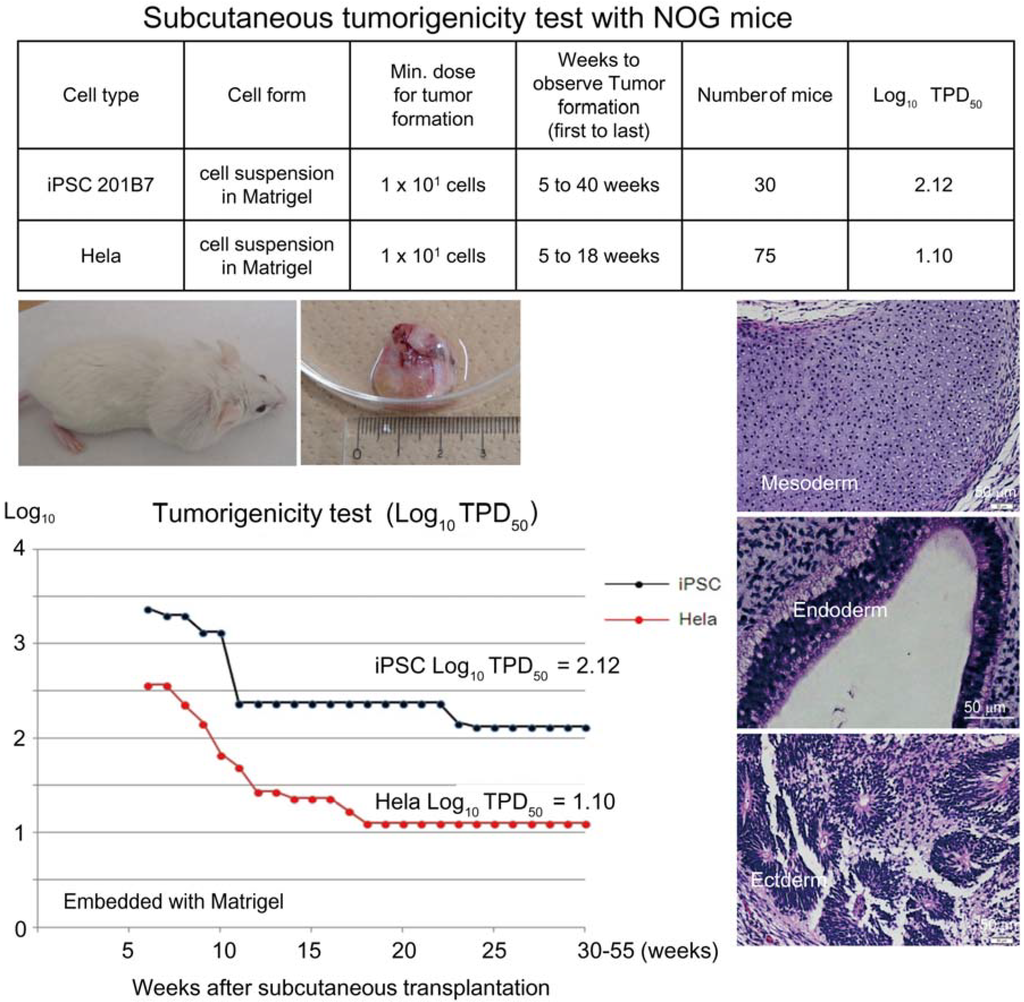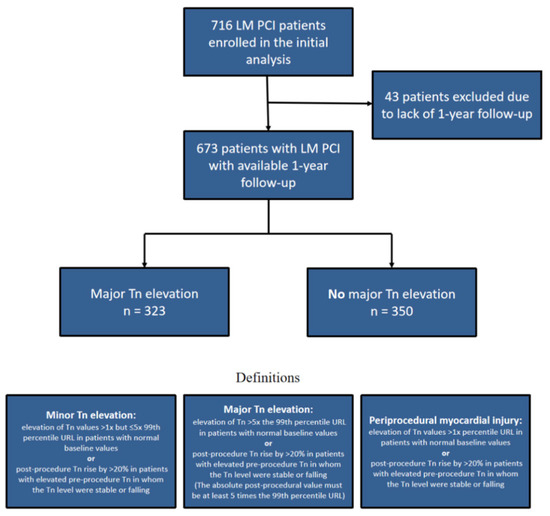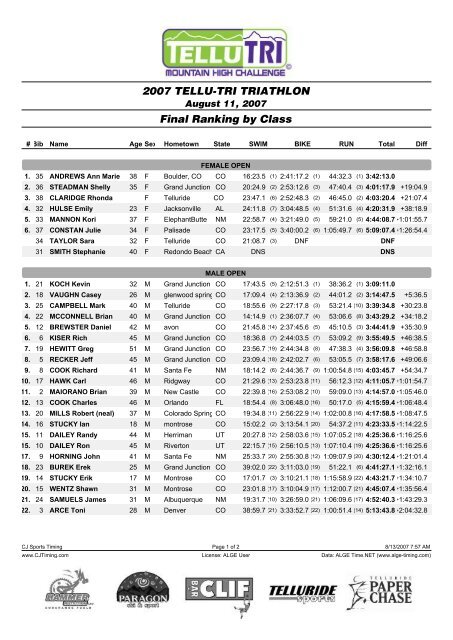JCM, Free Full-Text
Por um escritor misterioso
Last updated 07 novembro 2024

Overt hyperthyroidism (HT) during pregnancy is associated with a risk of maternal–fetal complications. Antithyroid drugs (ATD) have a potential risk for teratogenic effects and fetal–neonatal hypothyroidism. This study evaluated ATD treatment and thyroid function control during pregnancy, and pregnancy outcome in women with HT. Patients and methods: A retrospective analysis of 36 single fetus pregnancies in 29 consecutive women (median age 30.3 ± 4.7 years) with HT diagnosed before or during pregnancy; a control group of 39 healthy euthyroid pregnant women was used. Results: Twenty-six women had Graves’ disease (GD, 33 pregnancies), 1 had a hyperfunctioning autonomous nodule, and 2 had gestational transient thyrotoxicosis (GTT). Methimazole (MMI) was administered in 22 pregnancies (78.5%), Propylthiouracil (PTU) in 2 (7.1%), switch from MMI to PTU in 4 (14.2%), no treatment in 8 pregnancies (3 with subclinical HT, 5 euthyroid with previous GD remission before conception). In the 8 pregnancies of GD patients diagnosed during gestation or shortly before (<6 weeks), i.e., with fetal exposure to uncontrolled HT, there was 1 spontaneous abortion at 5 weeks (3.4% of all ATD-treated pregnancies), and 1 premature delivery at 32 weeks with neonatal death in 24 h (3.4%); 1 child had neonatal hyperthyroidism (3.3% of live children in GD women) and a small atrial sept defect (4% of live children in ATD treated women). In women treated more than 6 months until conception (20 pregnancies): (a) median ATD doses were lower than those in women diagnosed shortly before or during pregnancy; (b) ATD was withdrawn in 40% of pregnancies in trimester (T)1, all on MMI < 10 mg/day (relapse in 14.2%), and in up to 55% in T3; (c) TSH level was below normal in 37%, 35% and 22% of pregnancies in T1, T2 and T3 respectively; FT4 was increased in 5.8% (T1) and subnormal in 11.75% in T2 and T3; (d) no fetal birth defects were recorded; one fetal death due to a true umbilical cord knot was registered. Mean birth weight was similar in both ATD-treated and control groups. Hyperthyroidism relapsed postpartum in 83% of GD patients (at median 3 ± 2.6 months). Conclusion: In hyperthyroid women with long-term ATD treatment before conception, drugs could be withdrawn in T1 in 40% of them, the thyroid function control was better, and pregnancy and fetal complications were rarer, compared to women diagnosed during pregnancy. Frequent serum TSH and FT4 monitoring is needed to maintain optimal thyroid function during pregnancy.

JCM Telecom

Kajabi: Create and sell online courses, coaching, and memberships

JCM, Free Full-Text

JCAMP-DX format mass spectrum file for 2 chlorophenol

1983 Marshall JCM800 - Black Book Guitars

Tnm Elevation Get File - Colaboratory

Development and validation of a next-generation sequencing assay with open-access analysis software for detecting resistance-associated mutations in CMV

Pizza Delivery & Carryout, Pasta, Chicken & More

Biographical Feature: Janet Hindler, MCLS, MT (ASCP), F(AAM)

Responsive Joomla template for Church, Charity, nonprofits - JA Charity
Diseases of the skin: their constitutional nature and cure : Burnett, J. Compton (James Compton), 1840-1901? : Free Download, Borrow, and Streaming : Internet Archive
Recomendado para você
-
Solved 3 Age Gender 18 M 4 5 19 M 6 19 M 20 F 7 21 F 8 9 1007 novembro 2024
-
 FER, ANJ, and HERK1 receptors interact with RALF6, 7, 16, 36, and 3707 novembro 2024
FER, ANJ, and HERK1 receptors interact with RALF6, 7, 16, 36, and 3707 novembro 2024 -
 A dagger M 37 for leaders, manufacturer M 7/36, E. & F. Hörster, Solingen Very good bright blade, the obverse with etched motto Blut und Ehre! (Blood and Honour!), the reverse etched07 novembro 2024
A dagger M 37 for leaders, manufacturer M 7/36, E. & F. Hörster, Solingen Very good bright blade, the obverse with etched motto Blut und Ehre! (Blood and Honour!), the reverse etched07 novembro 2024 -
 DePaulian 1938 - DePaul University Yearbooks - DePaul University Library Digital Collections07 novembro 2024
DePaulian 1938 - DePaul University Yearbooks - DePaul University Library Digital Collections07 novembro 2024 -
 Solved The figure below shows an object with mass m - 5.7 kg07 novembro 2024
Solved The figure below shows an object with mass m - 5.7 kg07 novembro 2024 -
 Potentials and caveats of AI in hybrid imaging - ScienceDirect07 novembro 2024
Potentials and caveats of AI in hybrid imaging - ScienceDirect07 novembro 2024 -
 Scotch Box Sealing Tape, 48 mm x 100 m, 3 Core, Clear, 36/Carton07 novembro 2024
Scotch Box Sealing Tape, 48 mm x 100 m, 3 Core, Clear, 36/Carton07 novembro 2024 -
 Nucleic Acid Sequence-Based Amplification, a New Method for Analysis of Spliced and Unspliced Epstein-Barr Virus Latent Transcripts, and Its Comparison with Reverse Transcriptase PCR07 novembro 2024
Nucleic Acid Sequence-Based Amplification, a New Method for Analysis of Spliced and Unspliced Epstein-Barr Virus Latent Transcripts, and Its Comparison with Reverse Transcriptase PCR07 novembro 2024 -
Solved: Creating Speed Profile and daily profile table usi - Esri Community07 novembro 2024
-
 2007 TELLU-TRI TRIATHLON Final Ranking by - Colorado Runner07 novembro 2024
2007 TELLU-TRI TRIATHLON Final Ranking by - Colorado Runner07 novembro 2024
você pode gostar
-
 Stream Dragón Bola Z Budokai Tenkaichi 3 Ppsspp Descargar Mediafıre by Hosrailde07 novembro 2024
Stream Dragón Bola Z Budokai Tenkaichi 3 Ppsspp Descargar Mediafıre by Hosrailde07 novembro 2024 -
The Rising of the Shield Hero A Garota Escrava - Assista na Crunchyroll07 novembro 2024
-
 JOGO BASE - CASA MODERNA TÉRREA │The Sims 4 (Speed Build)07 novembro 2024
JOGO BASE - CASA MODERNA TÉRREA │The Sims 4 (Speed Build)07 novembro 2024 -
 Qual é o melhor Final Fantasy de todos os tempos? Especialistas07 novembro 2024
Qual é o melhor Final Fantasy de todos os tempos? Especialistas07 novembro 2024 -
 Social Media Authentication - Facebook login in Xamarin Forms - Xamboy07 novembro 2024
Social Media Authentication - Facebook login in Xamarin Forms - Xamboy07 novembro 2024 -
 SAS Survival Handbook, Third Edition: The Ultimate Guide to Surviving Anywhere07 novembro 2024
SAS Survival Handbook, Third Edition: The Ultimate Guide to Surviving Anywhere07 novembro 2024 -
 Armored Core 6 Metacritic, Armored Core 6 Gameplay and More - News07 novembro 2024
Armored Core 6 Metacritic, Armored Core 6 Gameplay and More - News07 novembro 2024 -
 Tênis Converse All Star Cano Alto Vermelho – Loja Bela Perennis07 novembro 2024
Tênis Converse All Star Cano Alto Vermelho – Loja Bela Perennis07 novembro 2024 -
 Nintendo Enthusiast on X: World War Z Switch comparison and gameplay overview - Quite a technical achievement 😍🎥 / X07 novembro 2024
Nintendo Enthusiast on X: World War Z Switch comparison and gameplay overview - Quite a technical achievement 😍🎥 / X07 novembro 2024 -
 My personal Guest 666 interpretation : r/roblox07 novembro 2024
My personal Guest 666 interpretation : r/roblox07 novembro 2024

